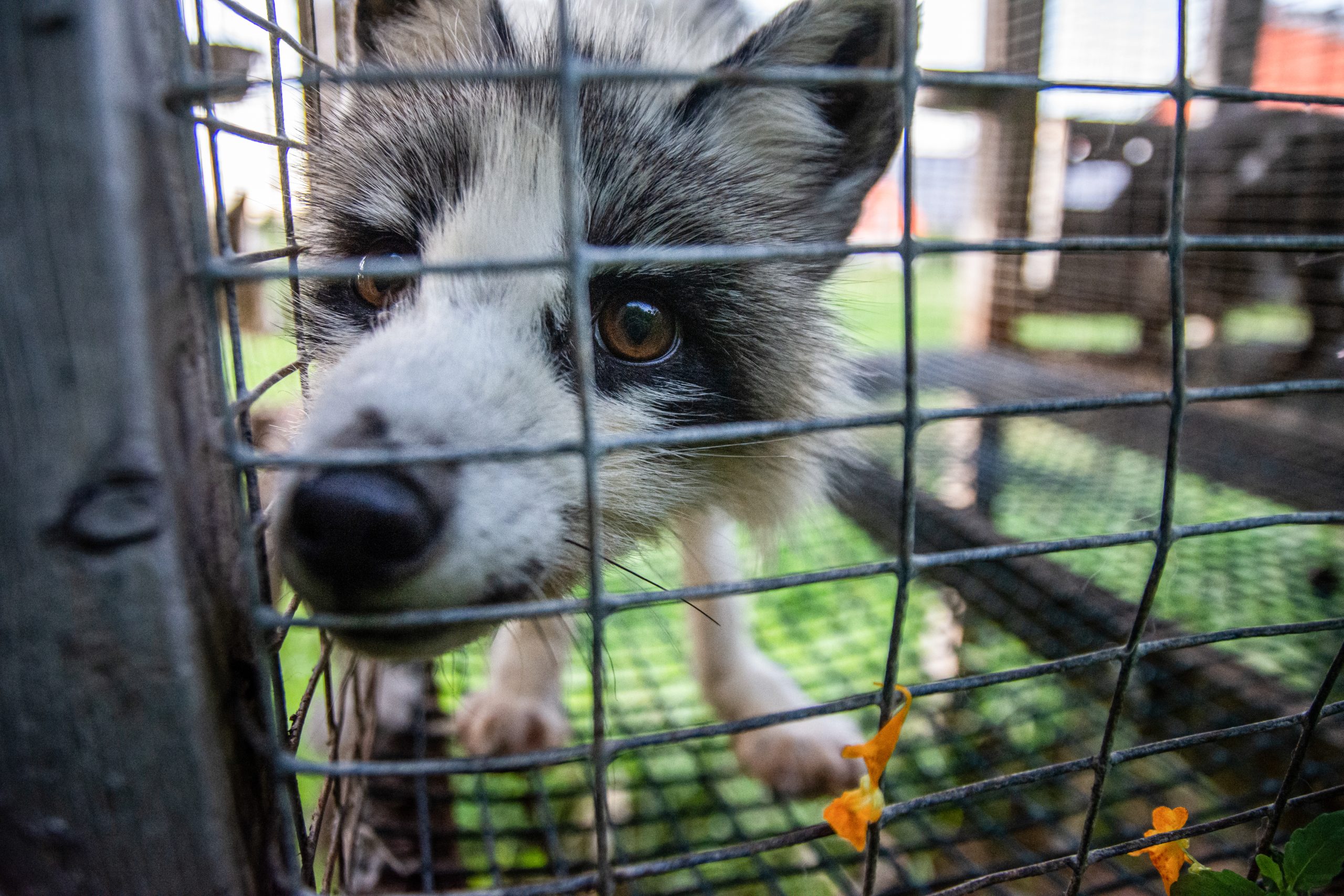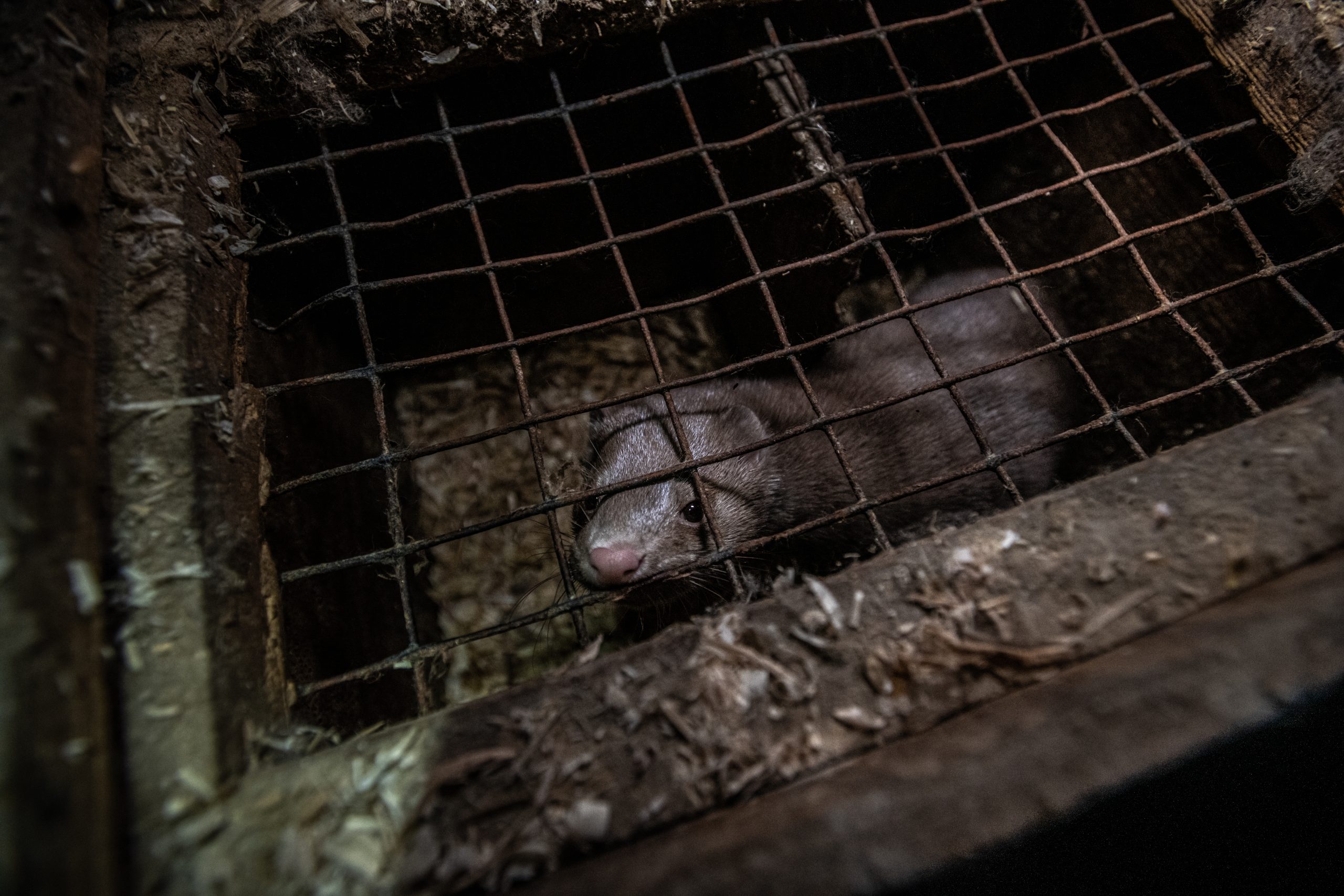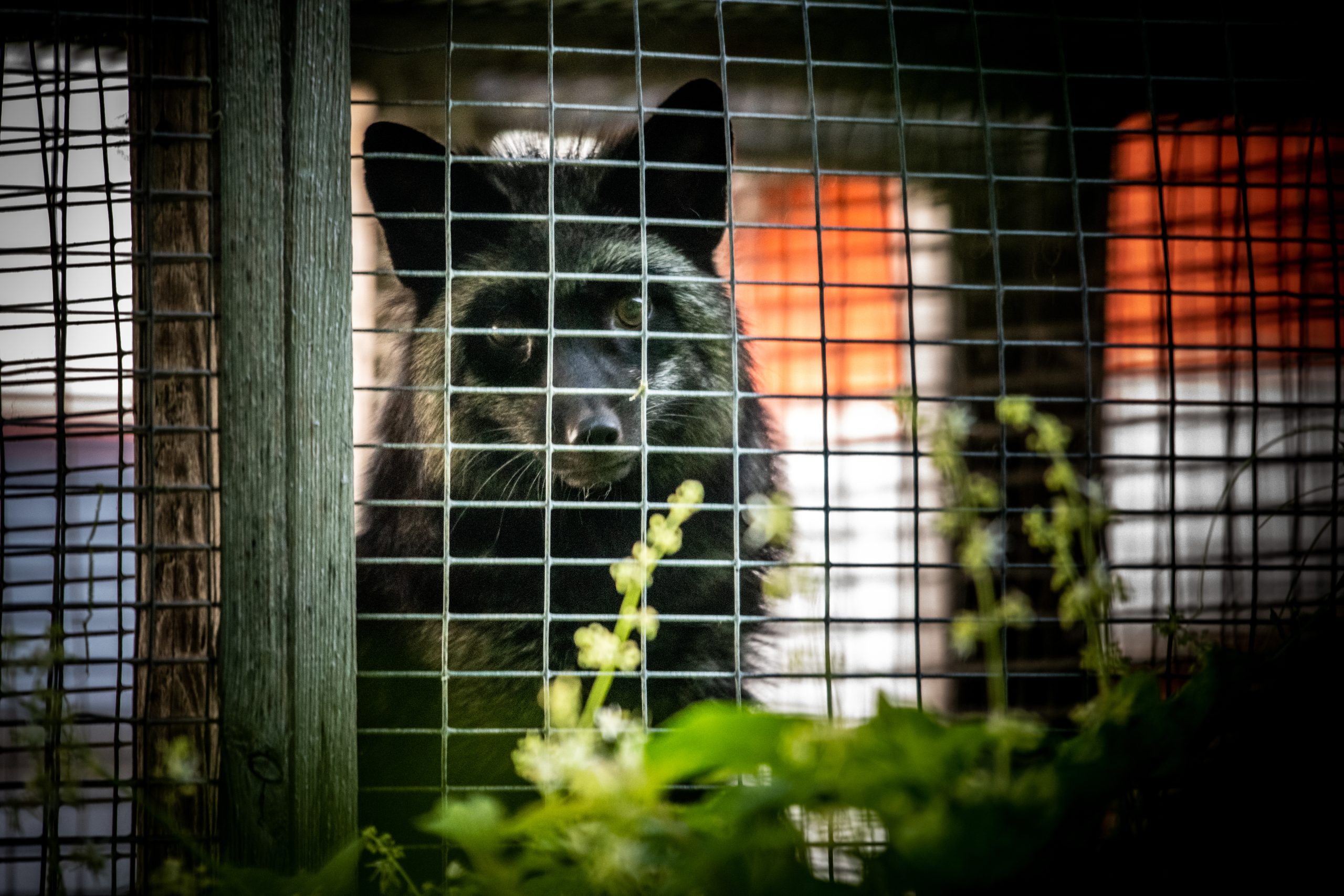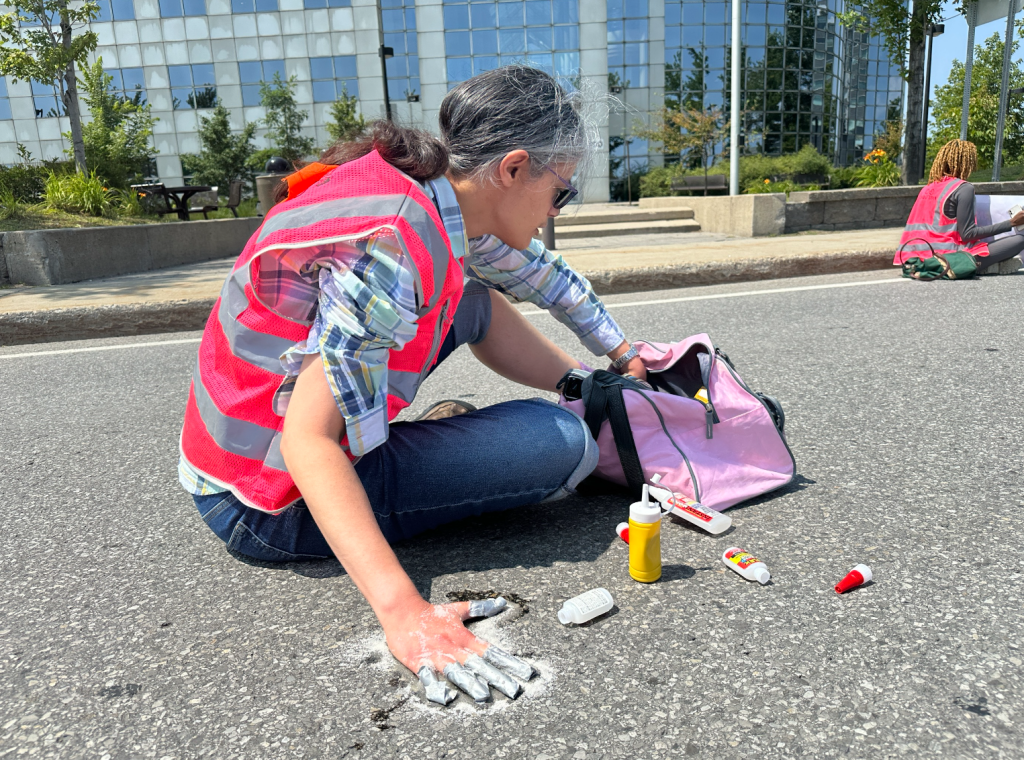Filth, electrocution, cannibalism: Shut down Quebec’s fur farms, demand animal activists
Posted January 25, 2023 6:13 pm.
Last Updated January 27, 2023 6:16 pm.
WARNING: Some readers may find elements of this article graphic and disturbing.
Thousands of minks and foxes are being killed in Quebec for their fur.
Animal advocacy groups and activists are calling for the remaining fur farms in the province to be shut down once and for all.
“Fur farming is an inherently cruel industry that causes unacceptable levels of suffering to thousands of animals every year in Quebec,” said Sophie Gaillard, the interim executive director at the Montreal SPCA.
“Now is really the time to put an end to this practice.”
Gaillard, who is also the director of animal advocacy and legal affairs at the SPCA, believes animals rights need to be a priority.
“The times have changed,” she said. “The way we think about animals, (our) relationship to animals and sort of how much consideration they deserve has evolved incredibly over the past few decades.
“In 2015, Quebec recognized animals as sentient beings, beings in our civil code.”
Photojournalist describes fur farm horrors
CityNews spoke to a photojournalist who wishes to remain anonymous. They managed to capture the reality of fox and mink farms in Quebec – a reality hidden to the public.
They say what they saw was disturbing.
“The way we keep them in fur farms is just the opposite of ethical,” said the photojournalist.
“We have plenty of instances of injuries and cannibalism and those are caused by fighting and stress. I want people to see the filth inside the cages, and some of these cages actually have filth built inside the cages as well and the smell is horrific.”
The photojournalist says the animals are clearly demonstrating in their behaviour a desire to escape and be free.
“I want people to see in these images and these videos in particular the repetitive behaviors that these animals exhibit because they’re locked into such a small space so you see them zooming back and forth, you see them spinning in circles back and forth because they’re trying to expend energy. They’re trying to get out.
“There are a lot of animals out there including the incredible furbearers by the millions in this country who are kept in cages who are sentient and complex and curious who deserve rights and freedom.”
Barbaric deaths
Gaillard says caged animals are stripped of their very animal nature.
“We’re talking about essentially wild animals,” she said. “So minks and foxes who are kept in tiny wire cages their entire lives. This deprives them of any possibility of expressing any kind of natural behaviors. So no ability to dig, to roam large territories as they do in the wild. In the case of mink, mink are actually semi-aquatic animals.”
She described their lives – but also their deaths – in particularly scarring ways.
“When it comes to the methods that are used to put these animals to death, they are particularly barbaric. So we’re talking about asphyxiation with CO2 from mink and anal electrocution for foxes. So these are standard industry practices.”
At least four political parties in Quebec have committed to banning the farming of foxes and minks for their fur in Quebec: the Parti conservateur du Québec, the Quebec Liberal Party, the Parti Québécois and Québec solidaire.
They made those comments during a provincial electoral debate on animal protection last year presented by the SPCA.
Environmental impacts of fur farms
Experts say this isn’t just about animal welfare, it’s about the environmental and public impacts fur farms can have on society.
Studies out of The Netherlands show farmed fur outscores other textiles by two to 28 times for various environmental indicators such as soil, water pollution and land use.
The climate change impact of one kilogram of mink fur is fives times higher than that of the next highest-scoring textile, wool, according to Canadian charity Fur-Bearers.
And the impact was particularly evident during the COVID-19 pandemic.
“I think the evidence is very strong that COVID-19 was related to our use of the animals, that there were animals that were susceptible to COVID which were found in this live animal market,” said Dr. Jan Hajek, an infectious disease specialist who works at the Vancouver General Hospital.
“There was testing of stalls that were positive for the SARS-CoV-2 virus, and the initial cases were linked to that market.”



British Columbia banned the farming of mink due to public health risks associated with COVID-19 and other zoonotic diseases after three of the nine mink farms tested positive for SARS-CoV-2 in 2021.
“One of the worries with fur farms is a new virus, perhaps something that’s currently circulating in bats or in the wild, goes into minks, spreads into minks, amplifies into minks, and then from those minks can spread it to humans,” said Hajek. “So that’s a potential risk globally. In China, Russia, also here in Canada.
“I think we know that there is a risk with the practice of fur farming for future pandemics and worsening infections. And it’s a relatively unpredictable risk. But there is a risk. And then we have to decide as a society how we’re going to approach that risk. Is that a risk that we’re going to take or not?”
As of Jan. 25, sources tell CityNews there are three remaining fur farms in the province, but one of them may be inactive due to journalistic investigations.
CityNews tried to get in contact with the fur farms in Quebec but were unsuccessful in reaching them over the span of a month.
CityNews also reached out to Quebec’s minister of agriculture but did not immediately hear back.






